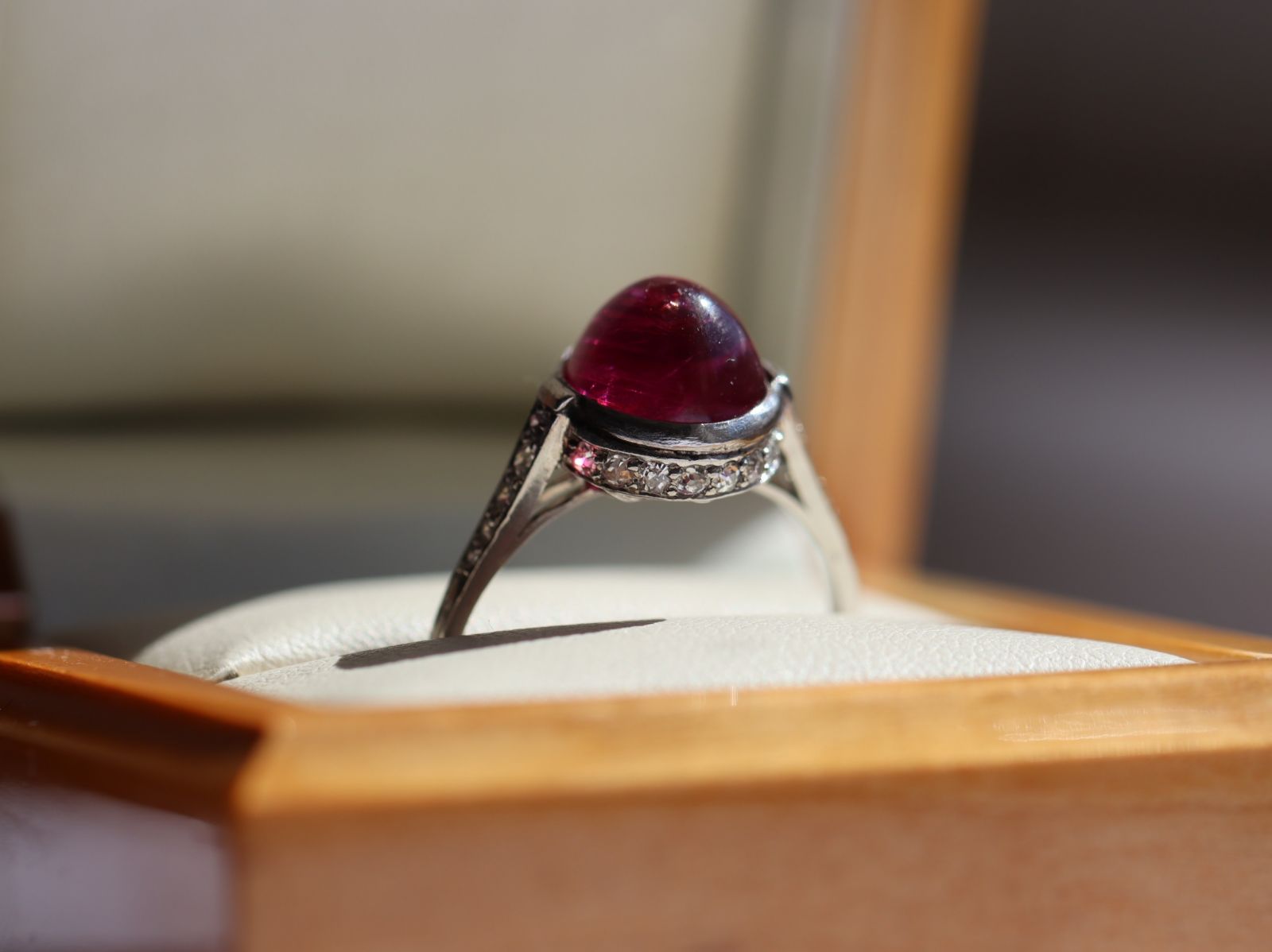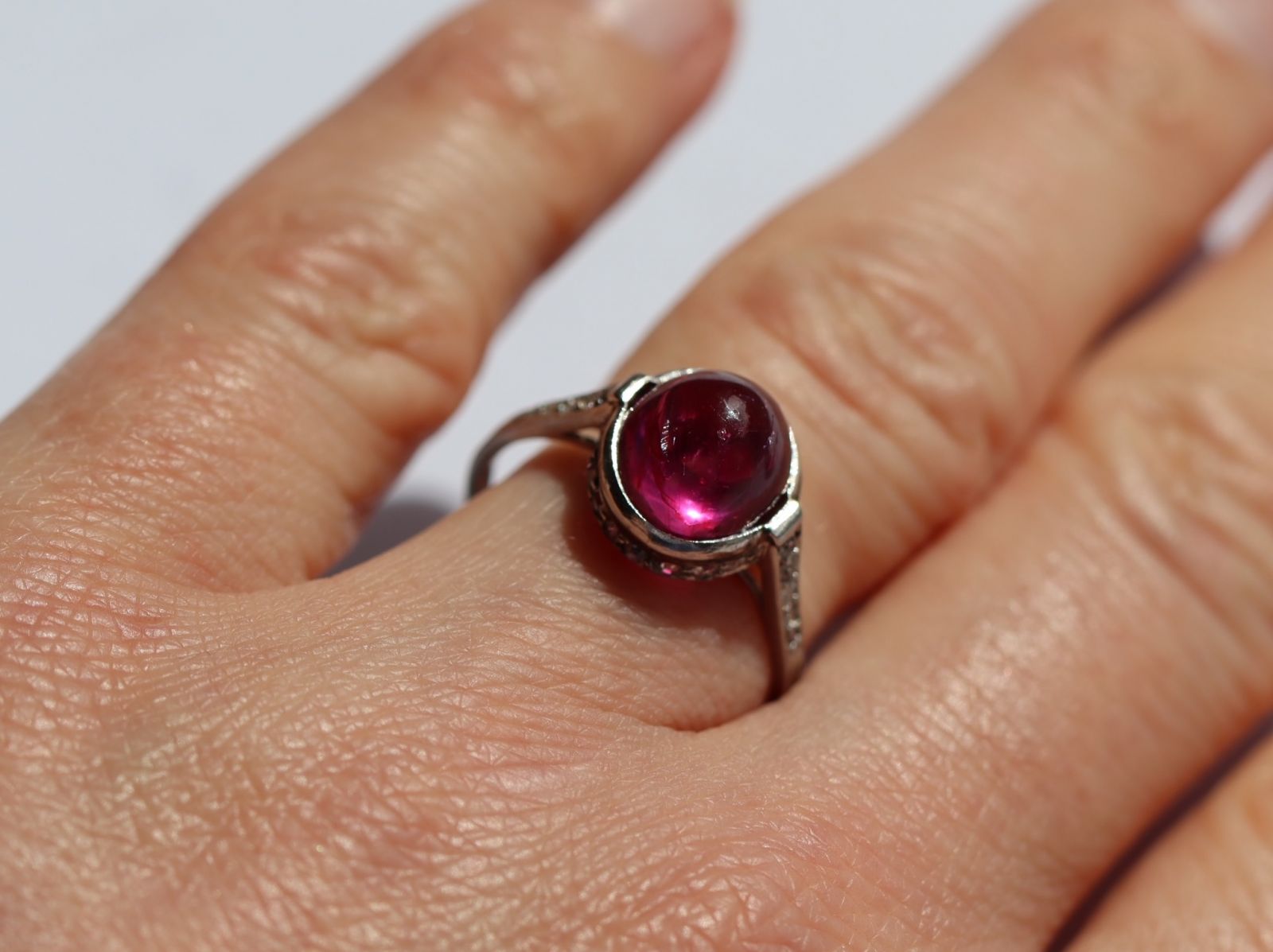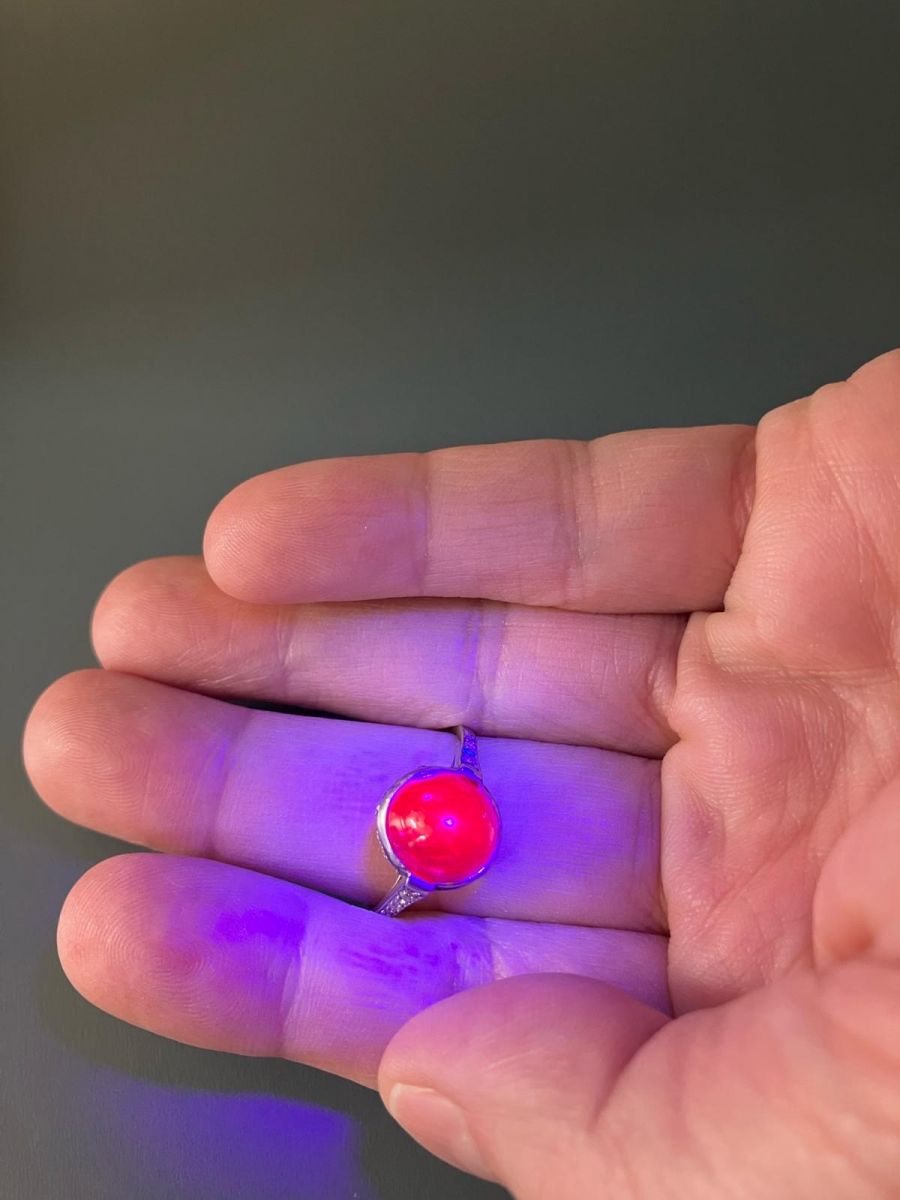You may have seen this lovely new addition to our website - a fabulous Early 20th Century No Heat Burma (Myanmar) Ruby and Diamond Ring. But why have we mentioned the origin of the ruby, as well as noting it is a ‘no heat’ stone?
The answer lies in the Mogok Valley of what is today, the northern part of Myanmar. Mining is believed to have begun at the Mogok Stone Tract in the 6th century AD and has been renowned throughout history for producing some of the finest rubies in the world which were traded globally and desired by those in power. Accordingly their availability has fluctuated depending on who had control of that region. Myanmar does have other ruby producing areas too, particularly the mines of Mong Hsu.
Today, a ruby with a laboratory report noting a Burma (Myanmar) origin is likely to be more coveted than a stone with, for example, a Thai origin report. The cachet of Burma (Myanmar) rubies (like Kashmir sapphires or Colombian emeralds) pervades and makes this stone highly desirable. In addition, it is rare to find good stones weighing over 7 carats as this one is estimated to. In terms of the mention of ‘no heat’, this is important as the vast majority (perhaps even over 90%) of rubies that are mined and go on to be seen in global retailers are treated by heat to improve their colour and clarity. Think of what happens to butter when you warm it in gently in a pan… It is such a longstanding and widespread practice that it is never mentioned (nor is there any legal need for it to be in the UK) hence the importance of pointing out when a ruby is in the very unusual category of not having been heated.
These stones can appear to almost glow from within and part of that is due to the fact it is highly fluorescent, typical of rubies from Burma (Myanmar). Here it is photographed under a UV torch - imagine how much fun this ring would be in a glamorous nightclub!
I love this ring as it ticks all of the ‘Clare Blatherwick boxes’ - it is antique, stylish and rare. The choice of a true connoisseur.



